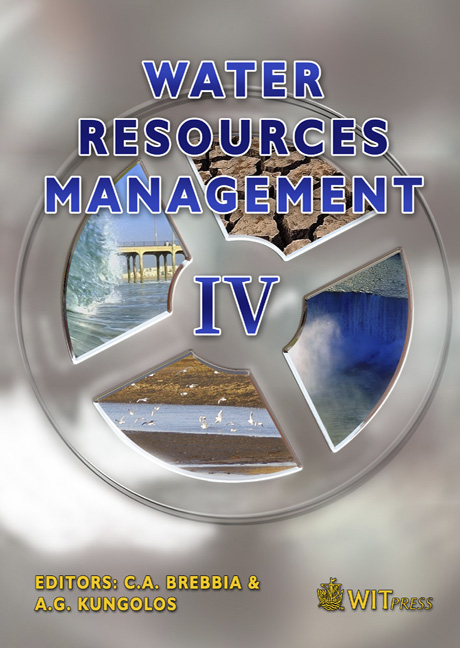Delayed Impacts Of Land-use Via Groundwater On Lake Taupo, New Zealand
Price
Free (open access)
Transaction
Volume
103
Pages
11
Published
2007
Size
2,389 kb
Paper DOI
10.2495/WRM070281
Copyright
WIT Press
Author(s)
J. C. Hadfield, U. Morgenstern & J. J. Piper
Abstract
The near pristine quality of water in Lake Taupo has begun to deteriorate, largely as a result of farming. Groundwater investigations were undertaken to estimate potential future land-use impacts and the lag in effects. The lake is a sink for groundwater migrating indirectly via baseflow dominated streams and to a lesser extent by direct seepage. Land-use impacts are increasing as contaminated water progressively replaces older, higher quality groundwater. The age of groundwater in Lake Taupo catchment was estimated by measuring the cosmogenic isotope tritium and atmospheric trace gases CFC and SF6. Mean residence times of samples ranged from about 20 to 75 years. Higher nitrogen concentrations occur in groundwater with a greater fraction of water recharged since farm development some 40 years ago. Numerical groundwater modeling predicts nitrogen mass loading to the lake from current land-use will continue to increase for a substantial period of time (> 100 years). This lag relates to the considerable time required to replace old pristine groundwater with nitrogen enriched water from farming. Modeled nitrogen flux via groundwater of some 300 tonnes annually may potentially be expected, with 25,000 tonnes stored in the groundwater system. A proposed initiative to reduce manageable nitrogen loading from the catchment by 20% would be a useful mitigation measure. Keywords: groundwater, diffuse contamination, dating, lag, nitrogen, model, Lake Taupo.
Keywords
groundwater, diffuse contamination, dating, lag, nitrogen, model, Lake Taupo.





